Along with the AbelCine team, I also highlight three typical shooting scenarios (which are identical for every camera in the series), to provide source footage* that you can download to help you make informed decisions about which camera, or cameras, featured in the series might be right for your productions.
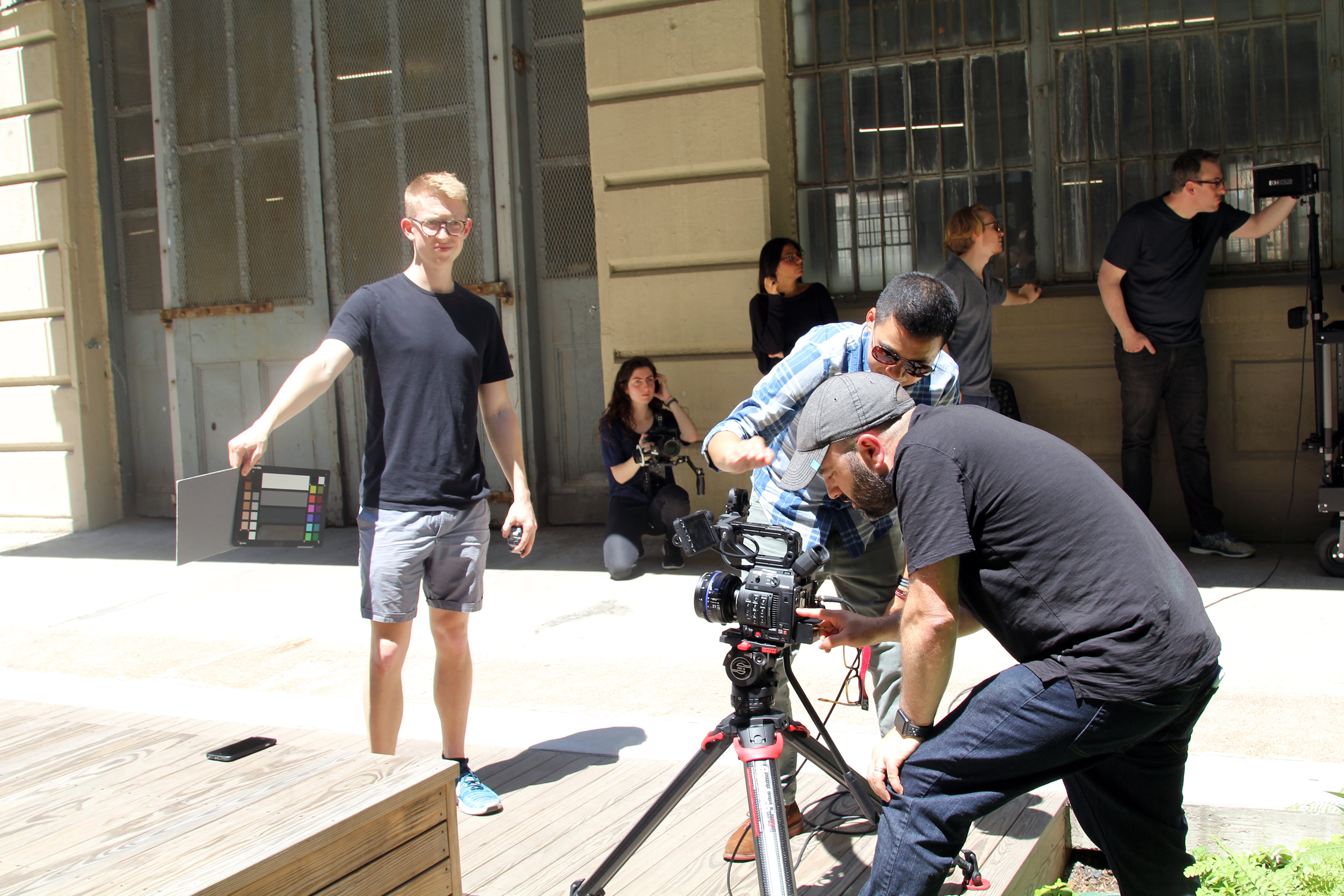
In order to keep the test footage results consistent for each of the cameras, we used the same lenses for all of the tests (ZEISS CP.3 primes). We also exposed each camera to its recommended exposure level using an 18% gray card and a waveform monitor. While there may be very slight variations in the light levels and the composition in the test footage (due to minor changes in terms of ambient light and also each of the camera's sensors), we worked hard to make them as consistent as possible in real world environments.
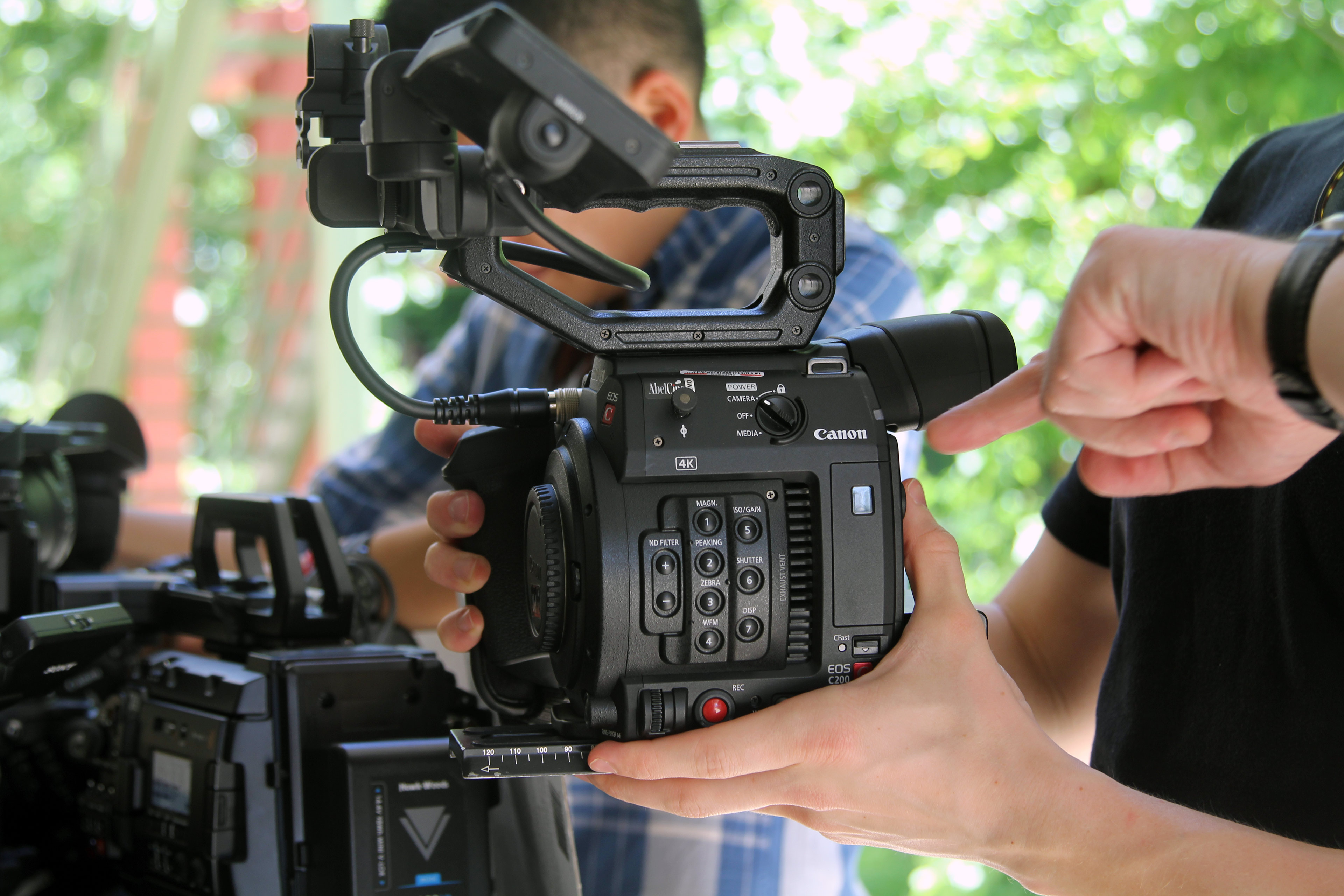
If you have not done so yet, please head over to the introduction for this series before watching this video. It includes information about why the series was created, the criteria for the candidate cameras, and most importantly an overview of the series. New episodes will be released weekly, each covering one of the selected cameras in the series. Enjoy!
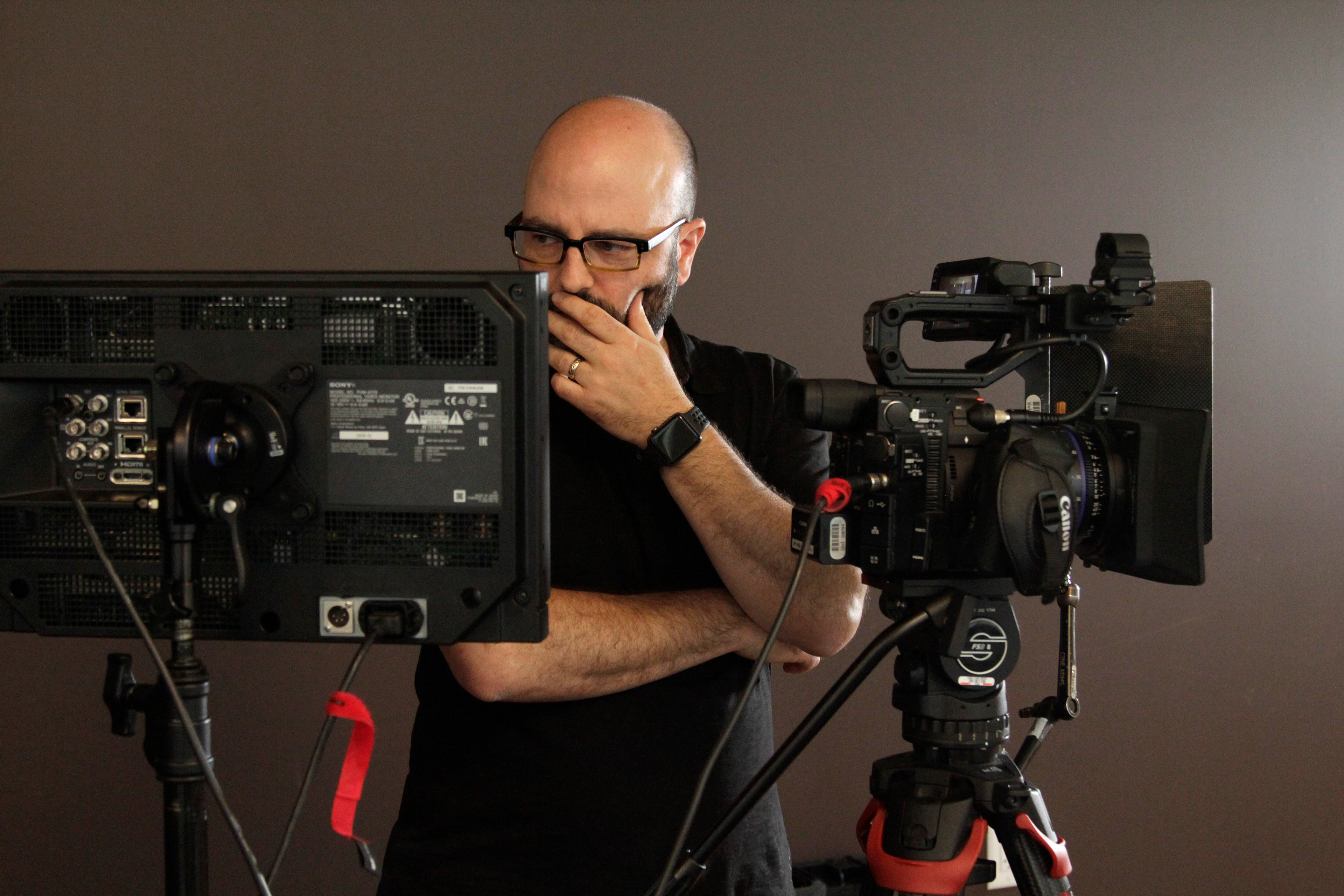
*Important note on downloadable source footage: In order to provide trimmed versions of all the source footage from each of the camera systems, we needed to transcode the camera's native format to another format in certain cases. This is because there is no way to retain the these camera's native format: Panasonic AU-EVA1, Canon C200 and C300 MK II. Here is what we did:
- AU-EVA1 – Native format was trimmed and then exported in the ProRes 4444 XQ format
- C300 MK II – Native format was trimmed and then exported in the ProRes 4444 XQ format
- C200 – Native format was trimmed and then exported as RMF files
In all instances, we placed the footage into larger “containers” to make sure that the data was intact. In fact, file sizes in the transcoded formats are larger to ensure this was the case and was only done as there were no other options available from the manufacturers. We have tested all of the transcoded footage and verified that the original data is intact. IRE levels are falling in the same places as the original native footage, and as the containers are larger (rather than smaller), we are confident that you are seeing all the data captured from these cameras.















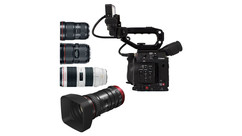

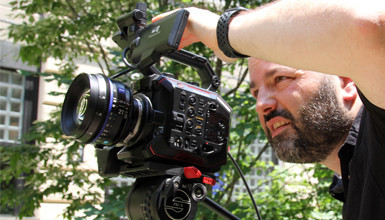
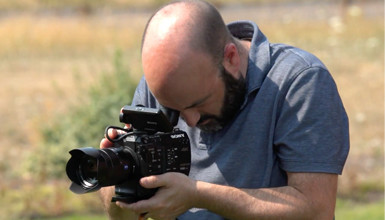
AbelCine encourages comments on our blog posts, as long as they are relevant and respectful in tone. To further professional dialog, we strongly encourage the use of real names. We reserve the right to remove any comments that violate our comment policy.
AbelCine publishes this blog as a free educational resource, and anyone may read the discussions posted here. However, if you want to join the conversation, please log in or register on our site.
We use Disqus to manage comments on this blog. If you already have a Disqus account registered under the same email as your AbelCine account, you will automatically be logged in when you sign in to our site. If not, please create a free account with Disqus using the same email as your AbelCine account.